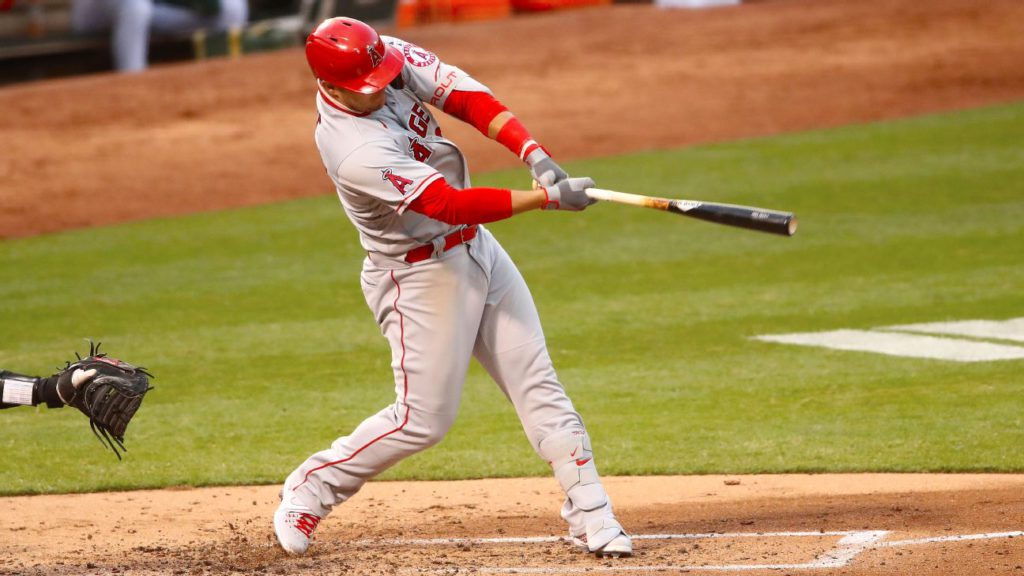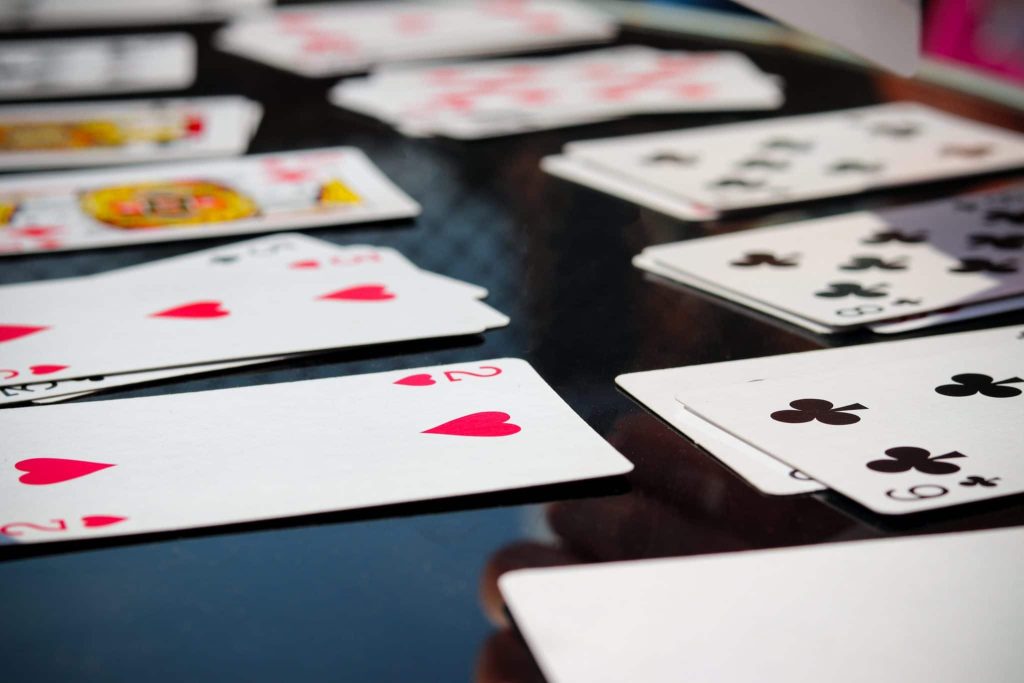Sports is an activity involving physical exertion and skill in which an individual or team competes against another or others for entertainment. Cricket is the world’s second most popular spectator game after football. Some local boys of Britain might developed it . Initially cricket emerged as the summer sport in the Britain. Now it is popular in many popular countries of the world.In this article we are going to read about How cricket is played ?
Cricket: An Overview
Cricket is a kind of sport in which teams of players play with the help of a bat and a ball. The field of Cricket is generally oval. Although,the field of cricket does not have any fixed dimension. It is the main reason that the famous cricket grounds of the world are different in shape and dimensions. For example the biggest cricket stadium in the world is Narendra Modi Stadium which is in Gujrat, India . it has a sitting capacity of around 1,32,000 while the capacity of lord stadium of London is only 30,000.
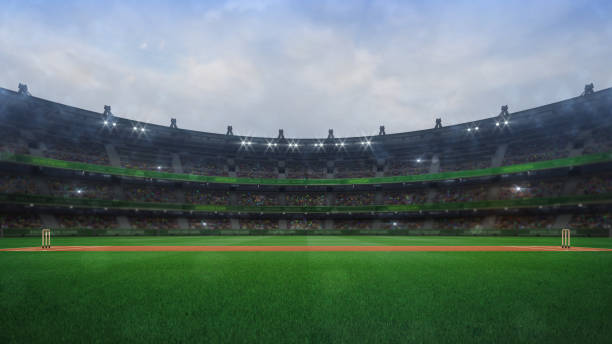
The ground of cricket has a rectangular pitch in the middle of the ground. The length of this pitch should be 22 yards and the width should be 10 feet. Each end of this rectangular pitch contains three sticks on each end . These sticks are wickets.
Introduction of cricket
Each end of the Wicket will have one player on the batting team. One who hits the ball with the help of a bat is Batsman. Other one standing at non-striker end will be the runner. Each of the teams has a total of 11 players. When the bowler throws the ball from the other end of the pitch to the batsman, then the batsman has to hit the ball. If he will not hit and the
Ball will hit the wickets,then he will be declared as out .When batsman is declared as out, then it will be the turn of the new player.
The bowler has to throw the ball with the straight arm. The main objective of a bowler is to hit the Wickets by the ball or to out the batsman with any other rule of the cricket. The field will have 9 players as the fielders of the fielding team. One player of the fielding team will stand behind the wickets of the batsman.
A bowler will have 6 balls in an over and he has to go after every over and a new bowler will replace him. The batsman will also change his position with the runner.
A batsman can run only four runs after hitting a ball. If any fielder or bowler hits the wicket with the ball and the batsman or runner has not reached to the wickets before hitting the ball, he will be run out. If a batsman hits the ball with such a precision that it hits the boundary, then he will get four runs. Otherwise, if the ball directly touches the boundary or goes beyond the boundary without touching the ground , then it will be a six. In this situation the batsman will get six runs.
The main objective of the batting team will be to score as high as they can, while the main objective of the fielding team will be to defend and to stop the opponent team from making more runs. In the second inning, the roles and responsibilities of both the teams will interchange .
Read here about the The 10 Best Outdoor Games to Keep Kids Entertained
Rules of Cricket
A cricket match is played between two teams each comprising 11 players. Each team has one Captain. There are two on field umpires who control the game according to laws and take decisions.
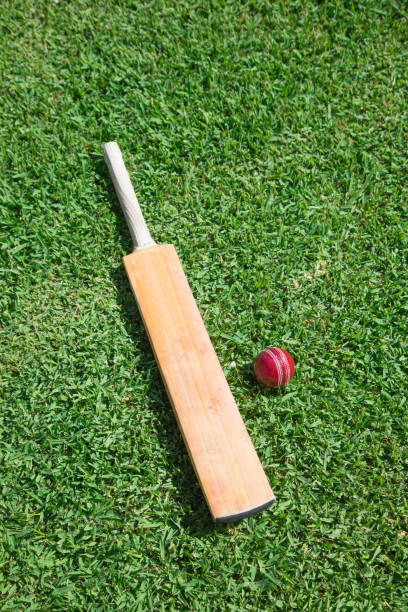
The one batsman standing behind the bowler’s wicket and the other one at square lag 15 yards away from the batsman. It has two scorers who also display the score of the players on the scoreboard. The objective of each team would be to score more runs than the other team.
Innings
At first, both captains came to the ground for the toss.The match is divided into two innings.The captain who wins the toss, decides whether his team would bowl or bat first. An inning can be finish by three ways :
- With the dismissal of all 10 wickets.
- the captain of the team declares the match before dismissal of all wickets
- all of the overs expires
- the chasing team becomes successful in chasing the target and wins.
Players
The non- betting team players take up positions in the field. In these eleven players of a non-team betting team one is bowler and other one is wicketkeeper. Remaining nine players are fielders. The first batsman of batting team , also known as stricker, protects the wickets and try to hit the ball. The other player who comes with him on the crease, waits on the non-striking end for a hit by the batsman.
Runs
When batsman hits the ball with bat then both of these run and exchange their position. This running by both of them exchanging their position one time results in a single run. The bowler tries to dismiss the wicket. After hitting the ball with the bat, a batsman can score a maximum of four runs. If he makes odd runs, then for the next ball the non-striker player will come up to the strike and play the next ball. If he even runs, then he will play the next ball himself. He will score four runs if the ball crosses the boundary.if the ball crosses or hits the boundary without touching the ground then it will score six runs.
Overs
There are six balls in an over. After every over the batsman and the player at non-striking end will change their positions. Similarly, after every over there will come another bowler to bowl the next over. If in an over the batsman does not make any run by the bat, then the over is called a maiden over. In one day cricket,which is a 50 over match, a bowler is not allowed to bowl more than ten overs.
Out
Any player is declared out if he is dismissed by one of the following ways:
- Catch Out : If the batsman hits the ball by the bat and any of the players of the opposite team catch it before touching the ground.
- Bowled Out : if a bowler bowls and it breaks the wickets then it is called bowled out.
- Leg- Before- Wicket Out : Leg before wicket which is LBW out is when a batsman stops the ball from touching the wickets with the help of his body in a straight line before the wickets.
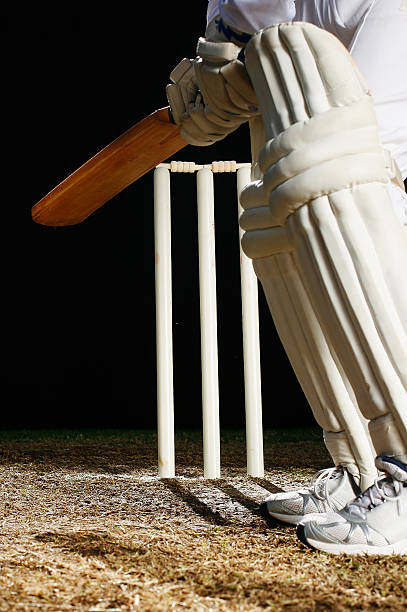
4. Run Out : If any player running for a run and in meanwhile fielder, bowler or wicket keeper hits the wickets.
- Stumped Out : if the batsman is standing outside the crease and at the same time wicketkeeper hits the wickets by the ball.
- Hit Wicket : A player is hit wicket out when the batsman touches the wicket .
- Timed out : An incoming batsman is declared out if he takes more than two minutes to come on the ground to play.
Umpires declare a batsman out only if the fielding team appeals for the same. Otherwise he can not declare him out. When a player is out then the batting team loses one wicket.
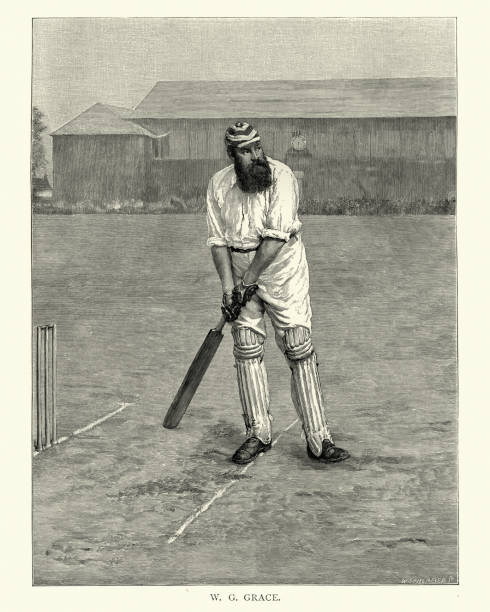
Different Formats of Cricket
There are three formats of cricket. These three formats are test cricket, one day cricket and t20 cricket.
Test cricket
A test match continues for 5 days. It is the longest format of cricket. It is also one of the most difficult formats of cricket as it checks the mental and physical fitness of the players for five days. ICC approves the team who will play for their respective nations in the test cricket. Two teams each comprising 11 members play this match of four innings.
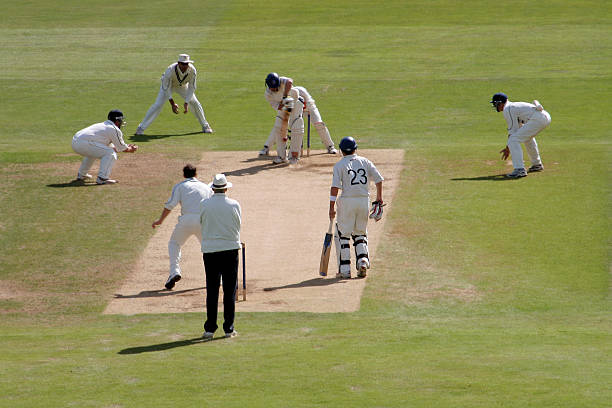
in test cricket, there is red ball or with the pink ball depending on day or night. There are total of 90 overs in a day. Hence a test match can have a maximum of 450 overs. Both teams played test cricket in white uniforms.
One Day Cricket
An one day cricket match is played between two opposite teams each comprising 11 players. The number of over in a single inning of one day cricket is 50 overs. So there are total of 100 overs in a one day cricket match. Each bowler in the one day cricket can through a maximum of 10 overs. If a team makes more run than the first one in the 50 overs than it will be winner.
T20 Cricket
T20 cricket is also similar to one day cricket. The difference is that it is of 20 over in an inning and a T-20 match has total of 40 overs in a single match. Each bowler in T-20 cricket match can bowl maximum of 4 overs.
ICC Test Ranking-2023
| Position | Countries | Matches | Points | Rating |
| 1. | Australia | 23 | 2,736 | 119 |
| 2. | New Zealand | 28 | 3,264 | 117 |
| 3. | India | 32 | 3,717 | 116 |
| 4. | England | 41 | 4,151 | 101 |
| 5. | South Africa | 23 | 2,271 | 99 |
| 6. | Pakistan | 30 | 2,787 | 93 |
| 7. | Sri Lanka | 30 | 2,485 | 83 |
| 8. | West Indies | 33 | 2,480 | 75 |
| 9. | Bangladesh | 22 | 1157 | 53 |
| 10. | Zimbabwe | 11 | 342 | 31 |
History of the Cricket
Early History of the Cricket
Cricket perhaps began in the 13th century. It started as a local game in which a boy throws a ball to the man having the bat of different shape and size than it is now.The wickets was perhaps the trunk of a tree or a small gate into a sheep pan.
Cricket was a local game until the 17th century. The first intercountry match of cricket was played in 1709 at Dartford. The first set of the rules for cricket came into existence in 1744. it was later on amended in 1774. The new set of rules also added like LBW, third stump of the wicket and the limit of maximum width of the bat in 1774. Star and Garter Club prepared these rules , whose members later on founded the Marylebone Cricket Club (MCC) at the Lord’s in the year of 1787. The MCC took all the custody of the cricket and till now prepared the rules and guidelines for the cricket.

The matches had a high crowd and fame. The Hambledon club is one of the earliest clubs whose mention we find in the history of cricket. It came into existence in the second half of the 18th century before the rise of Marylebone Cricket Club (MCC) in London , England. In the year of about 1760 bowlers started to pitch the ball and hence the straight bat was replaced with the bat looking similar to a hockey bat.
19th century cricket
In the early 19th century, cricket suffered with the lack of investment due to the wars. Its recovery began in 1815. The first country club was formed in Sussex. In the early times, the spread of cricket was difficult due to the lack of transportation. But in the 19th century, cricket spread rapidly due to development of railway lines.
Now the players can move from other areas to play and also spectators started to travel to play cricket from one part of the country to the other one. It also helped in increasing the size and gatherings of the crowd. In the 19th century the British army also started to conduct local tournaments of cricket and encouraged local players to play.
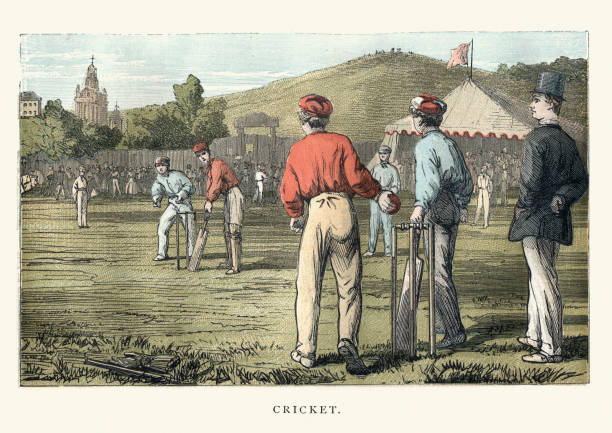
Women’s cricket also gained fame in the 19th century. It also attracted a huge crowd.The first women’s county match was played in 1811. In the decade of 1890 the women in Australia also started to play.
Over-arm bowling was legalized in 1864.
Significant Events of 19th century
The 19th century also has some of the most significant events in the history of cricket like the International cricket game between Canada and the US. It was played in the year of 1844 at the St. George cricket club in New York . In the year of 1859 a leading team of professionals visited North-America for its first overseas tour. In the year of 1862 the first England Cricket team took a tour of Australia. After six years, in 1868, a team from Australia toured for the first time overseas to England to play Cricket.
The first test match series was also held between England and Australia in the year of 1877, in which these two teams played two matches. These matches were a true success . This statement seems true when we see the test matches in their present form and receive a high demand of similar types of tournaments from the public. The rise of the Ashes came in 1882, when Australia got a tense victory over the England. South Africa became the third nation to join test cricket in 1889.
Cricket in 20th century
Imperial cricket club,which is now known as the ICC, established in the year of 1909 consisting of its three member nations Australia, England and South Africa. West Indies In 1928, New Zealand in 1930 and India became its test member in 1932. Pakistan became its member in 1952.
The 20th century was also a significant period for the development of women’s cricket. The first ever match was played between England and Australia in 1934.In the year of 1958, international women’s cricket council was established which merged in 2005 with ICC.
South africa was suspended from the international cricket due to apartheid in the year of 1970 but soon was welcomed 1991. In the 20th century various world cups were organized and many nations established their own cricket trophies like Ranji trophy of India, Plunkett shield of new zealand and Quaid-e-Azam trophy of Pakistan.
In the last years of the 20th century three more nations became the test nations. Sri Lanka in 1982, Zimbabwe in 1992 and Bangladesh in 2000 became the test nation.
Cricket of 21st Century
The 21st century is the most popular for its newer version of cricket, which is T20 cricket. The T20 match played in England was a big success in 2003. The first T20 world cup played in 2007 created a newer level of passion in the fans of cricket. In the final of this world cup, India beat pakistan which drew an audience of 400 million worldwide.
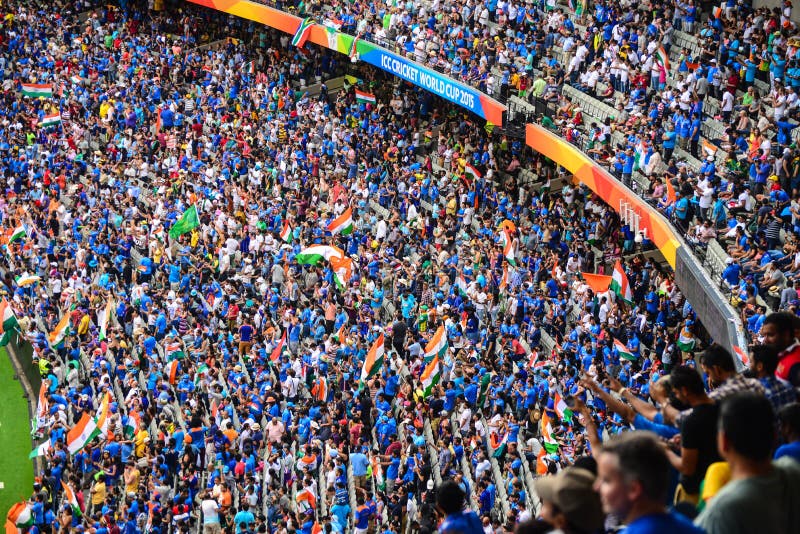
The ICC accepted system of third umpire in the 2008 in the match of India vs Sri Lanka. After that it became the official review system for all types of formats.
Evolution of Cricket
Cricket came through a big evolutionary process. The bats, grounds, balls, wickets and safety tools like helmets etc. have gone through a series of changes.
Grounds
The cricket grounds of today’s time are completely different from the older grounds . There are high quality cameras , different coloured lights and big screens in modern grounds of the cricket. Modern grounds of cricket have more accomodations than older grounds.
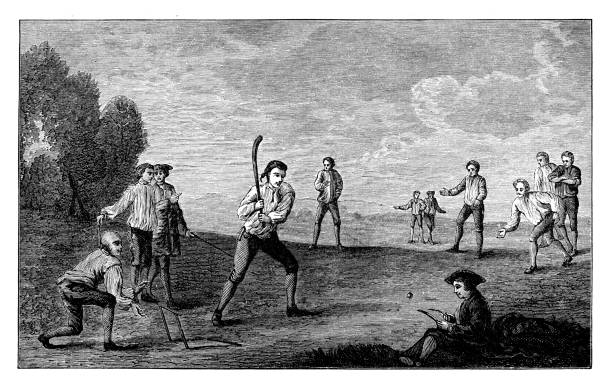
Players
If we talk about the players of the cricket, then initially cricket was only a local sport and the players also did not have any specific attire. But with time the uniform of cricket changed. The dress was fixed white . Later on,different teams fixed their specific attire for different tournaments. For example Indian cricket team plays in Blue uniform while Australian team generally plays with yellow uniform.
These attires became their pride with time. Also, at present time players have to go through a lot of physical fitness tests. But in the beginning it was only a game of local players in which physical fitness had not much importance. Also they have to go through a training period.
Sponsoreship
With time, the role of sponsors and investors increased in the game and various companies and big industries started to sponsor this game. Now at present time the different tournaments of cricket in different countries have a million dollars of investments and also the rates of TV advertisements in popular matches of the cricket goes so high.
Rules
It was 1835 when MCC rephrased the rules of cricket. It allowed the bowlers to raise the hand while bowling as high as the shoulder of the bowler. This new style increased the speed of bowling. This also led to some controversies as many bowlers were still bowling from a higher point than the point suggested by MCC. The protest of the england team in 1862 for a no ball call by the umpire in the ground of London is one of the most popular examples of it .
As a result of these controversies,the bowlers were later on allowed to bowl overarm. it was with the condition that they could not straighten the arm. This freedom for the bowlers made cricket much more complicated. Now it became difficult for the batsman to identify the bowl. Already it was allowed for the bowlers to take a run up. Hence it introduced the different curves in the bowling right or the left, bounce low or high, or spin toward or away from the batsman.
Safety Tools
With these variations, batsmen also started to protect themselves with the different safety tools like hand gloves , pads and helmets etc. now only some of the best batsmen can identify the direction of a fast bowl due to the poor conditions of the cricket pitch. Hence, it was the turn of the cricket grounds. The development of cricket pitches led to the bowling more predictable and hence batsmen were getting more offensive. With time the batsman started to try different styles for playing a different length of ball.
The debate started when the batsmen were scoring so many runs. This led to the adding of ‘ Leg- before- wicket‘ rule in cricket.New cricket rules introduced it in 1774 and prohibited the batsman to stop the ball from hitting the wickets by his body.
Other References:
Download the PDF of rules of cricket :
Read all about the Cricket: – Download
Frequently Asked Questions ( FAQ’s)
Q.1 Who are the most famous players in the history of cricket ?
Ans.Top 10 most popular players of the world are :
- Sachin Tendulkar
- Shahid Afridi
- Shoaib Akhtar
- M S Dhoni
- Wasim Akram
- Brian Lara
- Chris Gayle
- Lasith Malinga
- Muttiah Muralitharan
- Brett Lee
Q.2 How long is a cricket game ?
Ans. it depends upon the format of the game. The duration of a test match is of 5 days. The duration of a one day match is of 50 overs. While the duration of a T-20 match is the 20 overs.
Q.3 Which are the most famous cricket trophies in the world ?
Ans. The most famous international trophies are One day world Cup, T-20 world cup, world test championship and the champions trophy. Some others pepetual trophies include :
| Name of trophy | Countries |
| The Ashes | England–Australia |
| Frank Worrell Trophy | Frank Worr |
| Trans-Tasman Trophy | Australia–New Zealand Test series |
| Chappell–Hadlee Trophy | Australia–New Zealand ODI series |
| Border-Gavaskar Trophy | Australia–India |
| Wisden Trophy | England–West Indies |
| Warne–Muralidaran Trophy | Australia–Sri Lanka |
| Basil D’Oliveira Trophy | England–South Africa |
| Pataudi Trophy | England–India Test Matches played in England |
| Sir Vivian Richards Trophy | South Africa–West Indies |
| Sobers–Tissera Trophy | West Indies–Sri Lanka |
Trophies
Q.4 Who is the father of the cricket ?
Ans. W. G. Grace is the father of cricket.
Share with your friends

